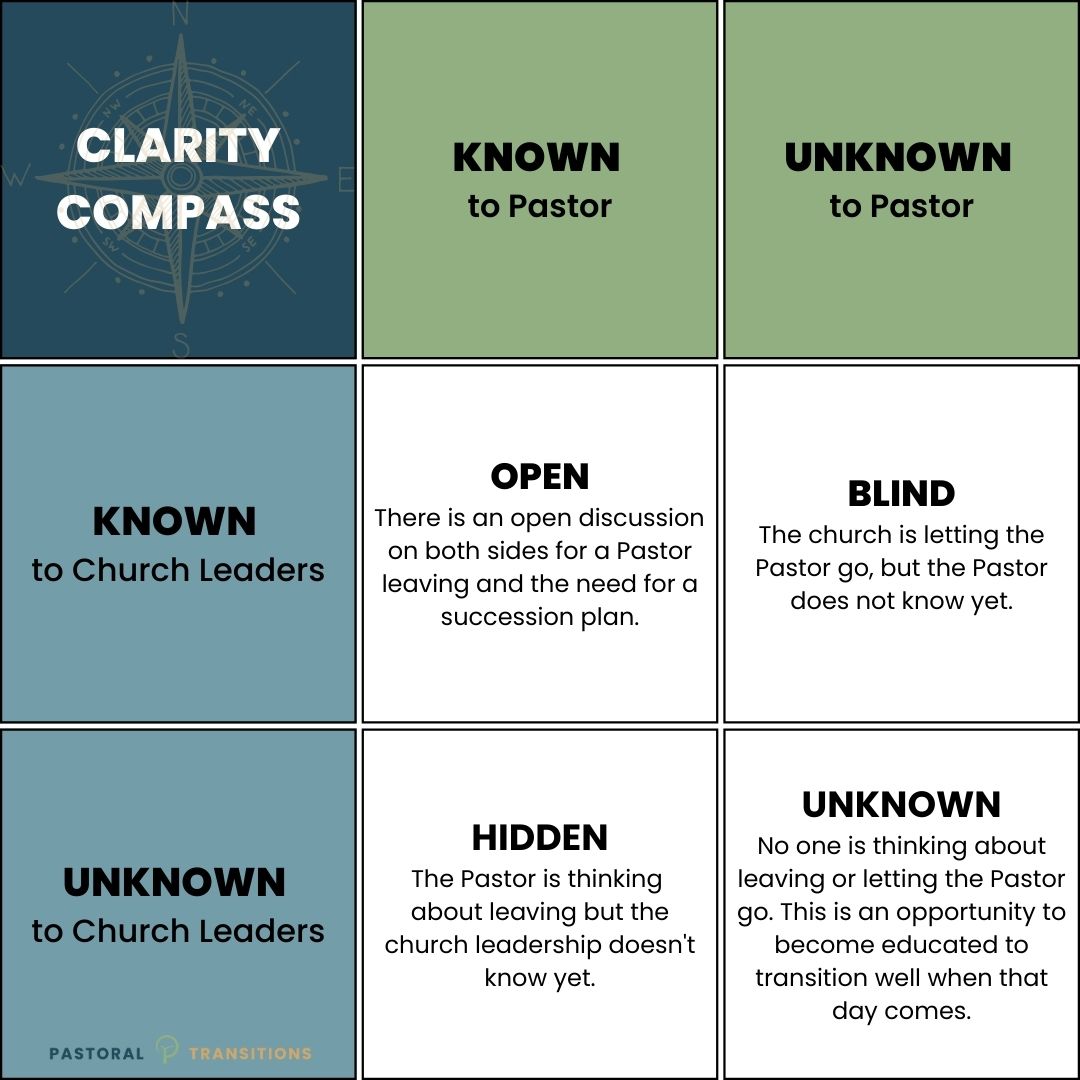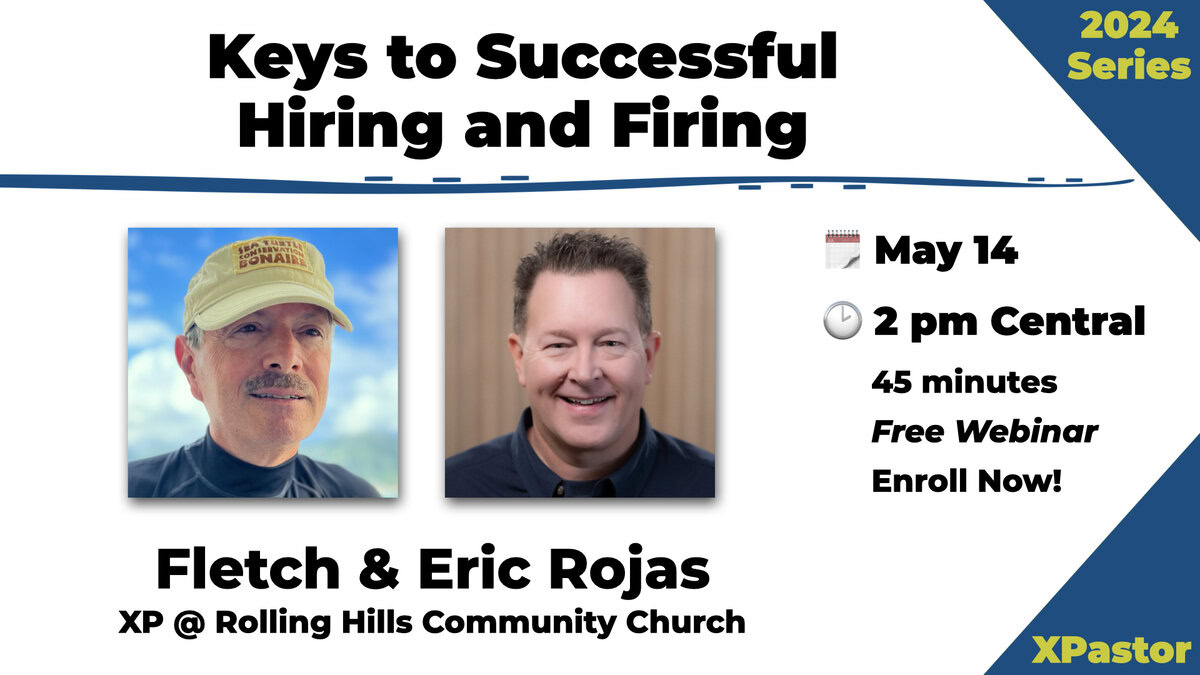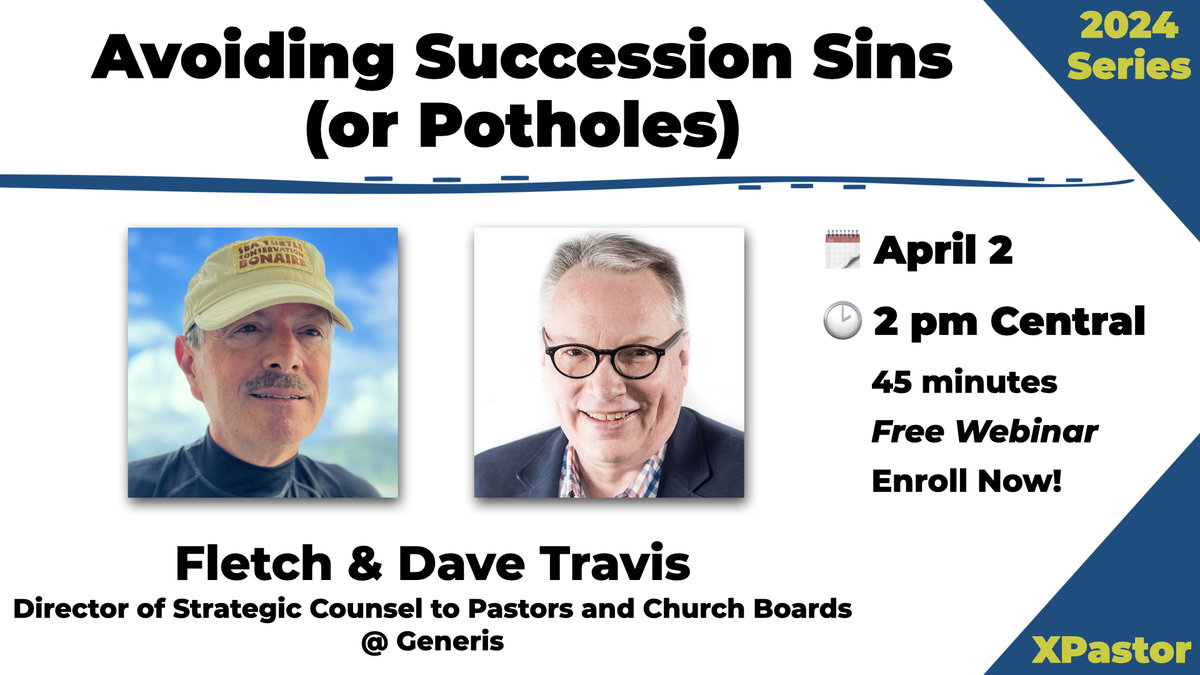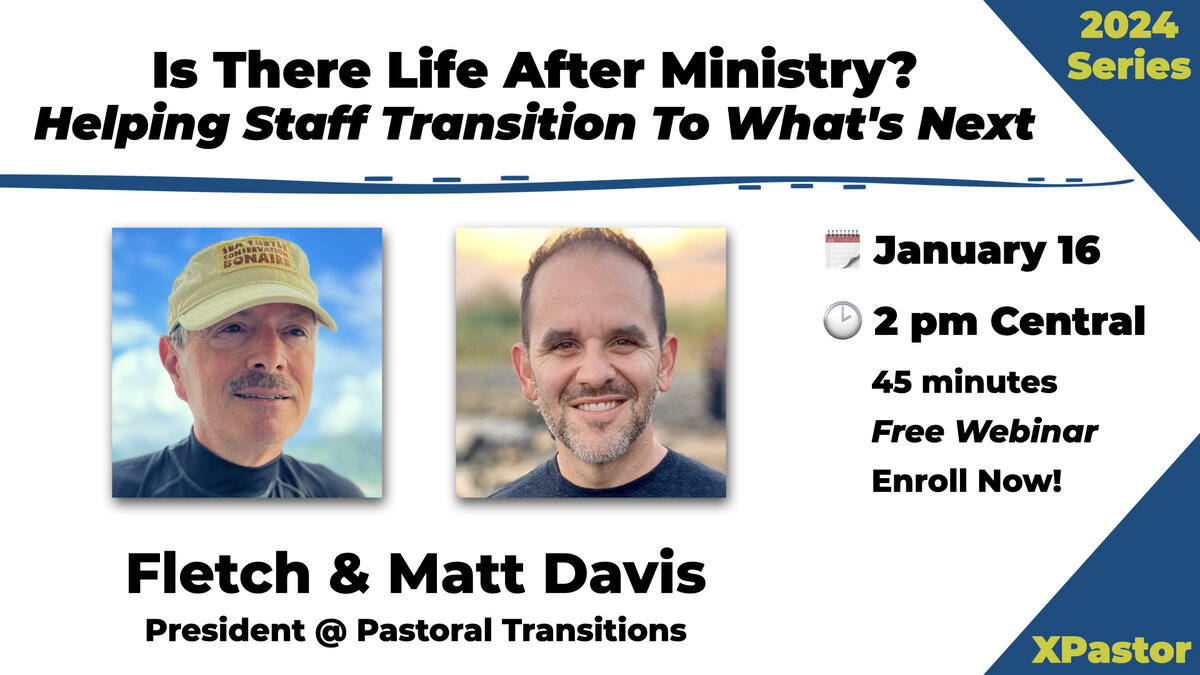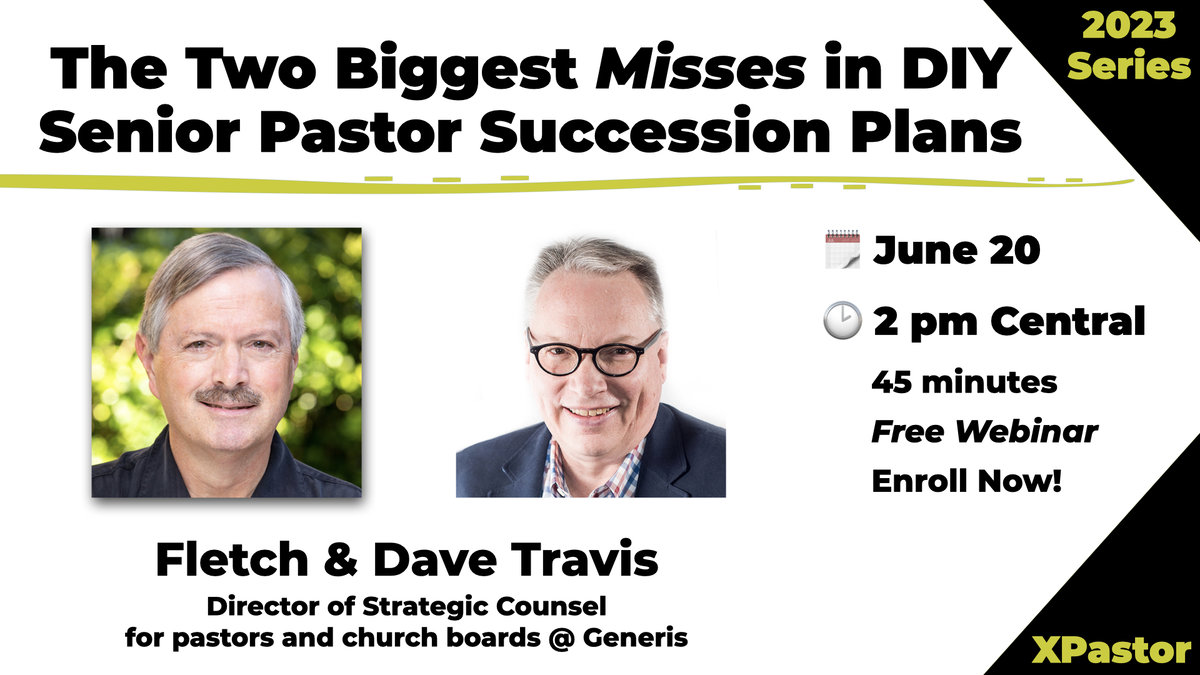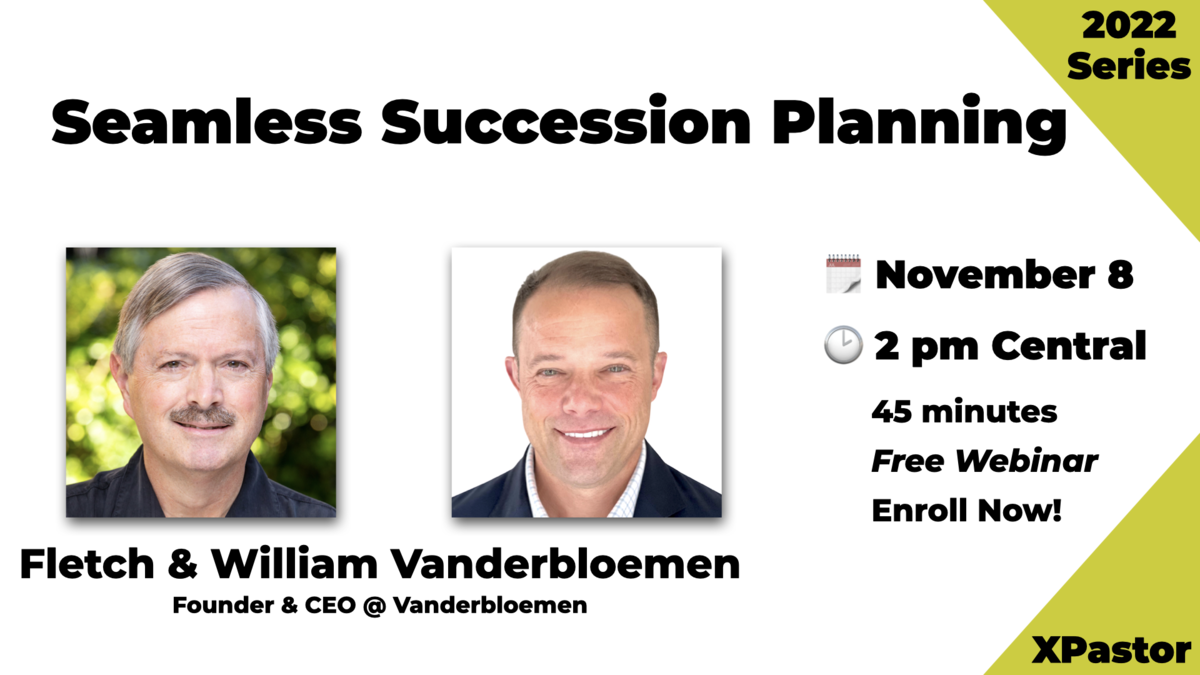Growing up in Southern California had its constants—the eternally pleasant 75-degree weather, the ever-congested freeways, and the notoriously high cost of living that always seemed to outpace a pastoral salary. It also had its unpredictability—the looming threat of earthquakes. We’d been repeatedly warned about the big one, yet no one ever knew when it would strike.
In 1994, it did. The Northridge quake with its 6.7 magnitude hit us, and I was thrust into a maelstrom of chaos. As a high school senior, waking up at 4:31am, disoriented and terrified, I rushed out with my family into the hallway, trying to make sense of what just happened. The ground beneath our feet, something we took for granted, had betrayed us.
This unshakable feeling of apprehension, the dread of knowing disaster might strike but not knowing when, stayed with me. More so when I heard of others experiencing similar tremors in their own lives.
Then, years later, a friend introduced me to a psychological framework that encapsulated these feelings—the Johari Window. As we established Pastoral Transitions, these quadrants became a metaphorical compass, what we call a Clarity Compass, helping us navigate the unpredictable terrains of pastoral changes and understand them through the experiences of those who’ve been there.
The Johari Window—A Brief Introduction
The Johari Window was developed in 1955 by Joseph Luft and Harrington Ingham, hence the fusion name Johari. As a psychological tool, it captures the relationship between self-awareness and interpersonal dynamics.
Its four quadrants represent what we and others know about us: things both known and unknown to ourselves and others. Originally designed to help individuals and groups understand their interpersonal communication and relationships, its application has been broadened over the decades. It offers a framework for introspection, feedback, and potential for growth, bridging gaps between personal perception and external reception.
It was this profound tool that we found invaluable as we tried to make sense of the complex, often blurred realm of pastoral transitions and terminations. It provided a way to compartmentalize, understand, and navigate the multifaceted experiences and stories we encountered.
Quadrant 1: Known to Self, Known to Others—Openness and Predictable Patterns
In the realm of earthquakes, there’s something reassuring about predictable patterns, like the known seismic zones where small tremors occur with regularity but without causing much upheaval. This quadrant of the Clarity Compass captures that sense of predictability and preparedness.
Here, transition isn’t a looming quake waiting to disrupt; it’s an open dialogue, a known variable, as predictable as the daily ebb and flow of the tide. Pastors and the board proactively engage in conversations about the future, establishing clear timelines and expectations. It could be a dialogue initiated from the pastor’s first day on the job, an understanding set at the start of a pastoral journey. Alternatively, it might be a planned succession, discussed and decided upon years in advance.
There’s an inherent sense of stability in this quadrant. Both parties move with the confidence that comes from clarity. They’ve mapped out the landscape and know where potential shifts may occur. It’s a mutual journey, where both the pastor and the board walk side by side, preparing for the future and ensuring that when the time for transition arrives, it’s as smooth as the predictable patterns they’ve come to trust. This kind of foresight and openness not only nurtures trust, but also ensures that when change comes, it’s met with understanding and grace.
Quadrant 2: Known to Self, Unknown to Others—The Hidden Tremors
In the metaphorical landscape of earthquakes, think of the hidden tremors which reside deep beneath the surface, unnoticeable and undetectable to the world above. The hidden quadrant of the Clarity Compass mirrors this exact sentiment, but with consequences that can be far more devastating when the pressure finally erupts.
This is a space that often harbors deep introspection, potential change, or concealed sin. It’s where a pastor might quietly mull over thoughts of moving on, dreams unshared, and aspirations buried, without the board’s awareness. More alarmingly, it could be where hidden sin finds a shadowy refuge. When revealed, it’s like the sudden and unexpected quake, blindsiding not just the elder board, but also the congregation, perhaps even the pastor’s family. The aftermath can be chaotic, the damage sometimes irreparable.
Yet, it’s not always about sinister secrets. It could be as innocent as the waning passion for ministry, the weariness of burnout, or the simple longing for something different. If the statistic from Barna holds weight, that 42% of pastors are seriously contemplating leaving the ministry, then these hidden thoughts could be persistent companions, lingering questions such as, If I weren’t doing this, what would I be doing? echoing in the quiet corners of their minds.
The emotional burden of carrying these clandestine thoughts can be suffocating. It feels isolating, like being trapped under the weight of the Earth’s crust, waiting for an escape. It emphasizes the necessity of creating environments where transparency is encouraged, where there’s safety in vulnerability. Pastors need that inner circle of trusted friends, confidantes, and mentors.
James 5:16 reminds us, Therefore confess your sins to each other and pray for each other so that you may be healed. It’s a call for openness, a gentle urging to prevent the isolation of hiddenness. This Scripture doesn’t just underscore the importance of confession, but also the healing power of communal prayer and support. When pastors find their safe people, they’re no longer at the mercy of the hidden tremors, but can navigate them with wisdom and grace.
Quadrant 3: Unknown to Self, Known to Others—The Blindspots and Aftershocks
In the vast realm of earthquakes, aftershocks are those tremors that follow the main event. They may not be as powerful, but they carry the unsettling element of surprise, often reminding victims of the devastation of the initial quake. Similarly, there’s a quadrant in the Clarity Compass where discussions and decisions revolve around the pastor, unbeknownst to them. It’s where the aftershocks of organizational decisions have the potential to rattle the unsuspecting soul. In our work at Pastoral Transitions, the story we hear more often than not is the haunting refrain: I was… blindsided.
It’s a word that captures the disorientation and disbelief of the unexpected. Perhaps the pews have grown sparse, or the church bank account lean, triggering murmured concerns. It could be a mismatch of skills. A pastor, while an eloquent speaker, struggles to manage the intricate webs of organizational leadership. Sometimes, decisions made in haste—like a hurried hiring—fester into later regrets. The roots of these blindsides vary, but their impact often unearths deep-seated pain. Unfortunately, there’s a trend we’ve observed: rather than addressing these issues head-on, seeking resolution or rehabilitation, many boards find it simpler to move on.
It’s a silent exodus, where the looming concerns remain unvoiced until it’s too late. In our approach, we advocate for introspection and open communication. Before engaging in any transition process, we pose the question: Have all avenues been explored to avoid this outcome? This is crucial, as few steps can shield both pastors and congregations from the shocks of blindsiding.
No one should be left in the dark about concerns regarding their role or leadership. While there are many circumstances that necessitate letting someone go, the process must be infused with grace, empathy, and opportunities for growth. Restoration and intentional efforts at improvement should always precede final decisions. The wounds of blindsiding run deep, not just for the individual in question, but also for the community. The aftershocks of such decisions ripple through the congregation, sowing mistrust and uncertainty.
In our journey with pastors, we’ve learned that open dialogue, timely interventions, and an unwavering commitment to restoration can transform these shaky grounds into solid foundations. The goal isn’t just to prevent an earthquake, but to build structures—both organizational and personal—that can withstand the tremors of change and challenge.
Quadrant 4: Unknown to Self, Unknown to Others—The Uncharted Fault Lines
In the land of earthquakes, having an earthquake kit is more than just preparation; it’s an act of prudence. Residents of seismically active regions understand that even though they might never have to use it, and cannot predict when they might need it, this kit serves as a beacon of hope and a plan for survival in unforeseen upheavals. The principle is no different in ministry.
The world beneath our feet, whether literal or metaphorical, is riddled with unknown fault lines, silently dormant, yet holding potential for seismic shifts. Similarly, there exists a quadrant in the Clarity Compass that captures the uncertainties of ministry; the unforeseen challenges and opportunities that lie in wait, concealed from both the pastor and the church community. Here, we tread on the grounds of the unknown—those elements of ministry that neither the pastor nor the church board is actively contemplating. It’s an invitation to divine introspection, recognizing that while we might be blind to the future, we are grounded in the trust of a God who knows our every step.
This quadrant is devoid of whispers about transitions or terminations. Yet, it presents a golden opportunity for proactive planning and foresight. Just as one would prepare an earthquake kit for physical survival, Pastoral Transitions believes churches should proactively equip themselves with a transition plan. We emphasize that ministry leaders should initiate discussions about their eventual exit from their first day on the job. This forward-thinking approach ensures that when the inevitable transitions occur, they’re approached with grace, wisdom, and a clear path forward.
Our mission pivots on education, ensuring that churches and Christian organizations are well-informed about the intricacies of pastoral transitions. Our aim is to equip them with knowledge, forestalling the repetition of past mistakes.
Imagine a world where, on the day a church welcomes a new pastor, they not only express their joy for the present, but also their commitment to the future: As we usher you into this role with prayerful intention, know that should the ground beneath us shift, we pledge to face the future with the same spirit. When God’s call beckons us in a new direction, rest assured we have our ‘earthquake kit’—a well-thought-out transition plan to guide you into your next season. This vision, where both hellos and goodbyes in ministry are cloaked in prayer, purpose, and intentional preparation, is our guiding star. We believe in a future where seismic changes in ministry are met with resilience, faith, and a plan in hand. This is the legacy we aspire to forge.
Navigating Transitions With Grace
In Southern California, residents are acutely aware of the unpredictability of earthquakes. The unsettling nature of these tremors serves as a poignant reminder that we must always be prepared for unforeseen challenges. It’s why families have earthquake kits on standby, offering a semblance of control amidst nature’s volatility. Similarly, in ministry, transitions can strike with little to no warning. While the circumstances might vary, the feelings of disorientation and vulnerability are universal. Yet, it’s in these very moments that the value of preparedness shines brightest.
At Pastoral Transitions, our mission is to act as that spiritual and professional earthquake kit. Our purpose is not to instill fear but to encourage foresight. Through our experiences, we’ve come to understand that being prepared for possible upheavals in ministry is not a sign of trepidation but one of wisdom and strength. Navigating through ministry’s inevitable shifts requires both tenacity and a reliable support system. In times of change, we are committed to standing alongside our fellow leaders, offering guidance and stability. Over a span of six months post-transition, we pledge to be there, guiding in the areas of career, coaching, and counseling, ultimately ensuring the road to new beginnings is paved with clarity and purpose.
As we close, let’s remember that the very essence of the church is unity. By approaching the challenges of transitions with preparedness and prayerful intentionality, we are not just safeguarding our ministries but fortifying the foundation of the church. If you ever discern a season of change on the horizon or find yourself amidst one, please, don’t hesitate to reach out. Together, we can ensure that even in times of upheaval, the church stands resilient and united.


